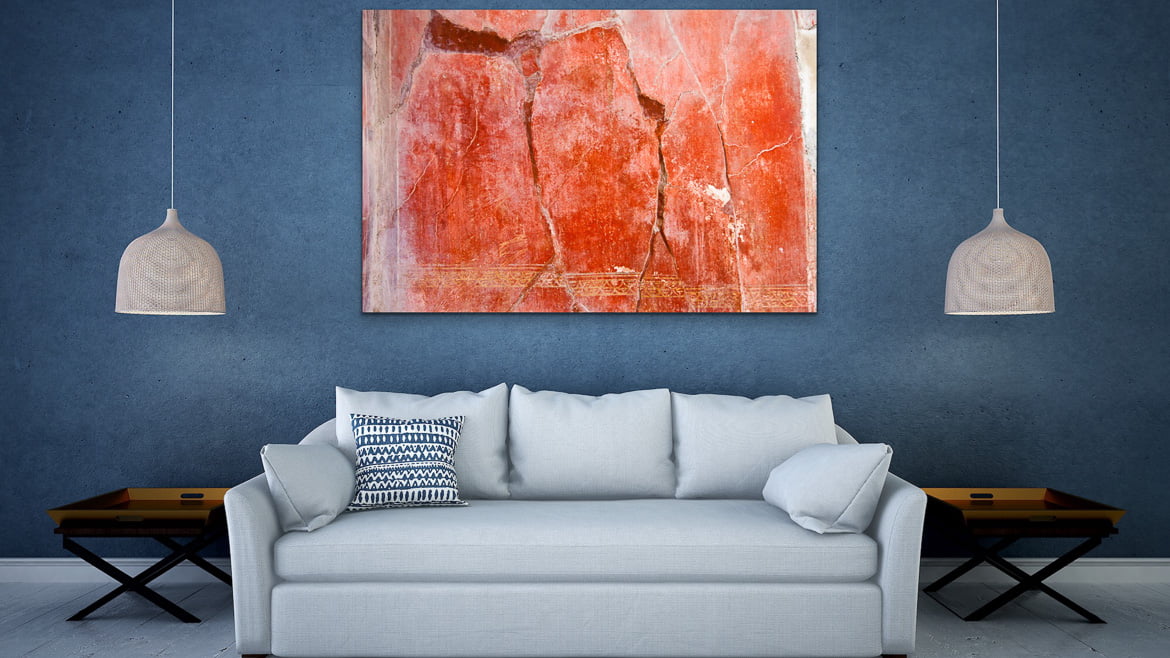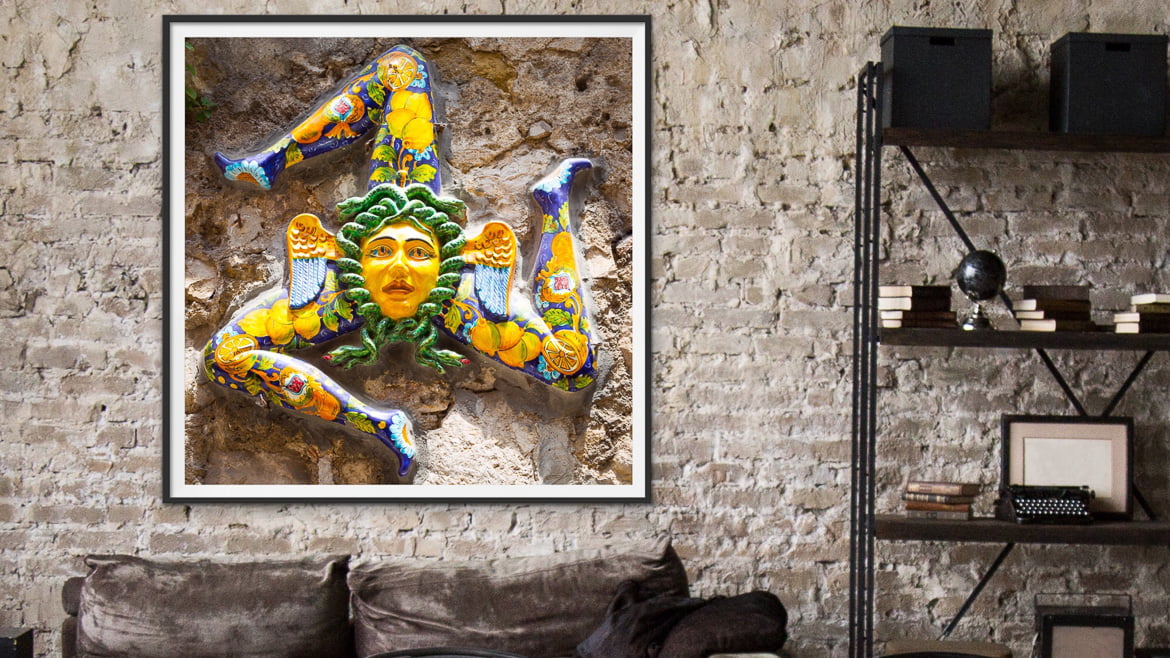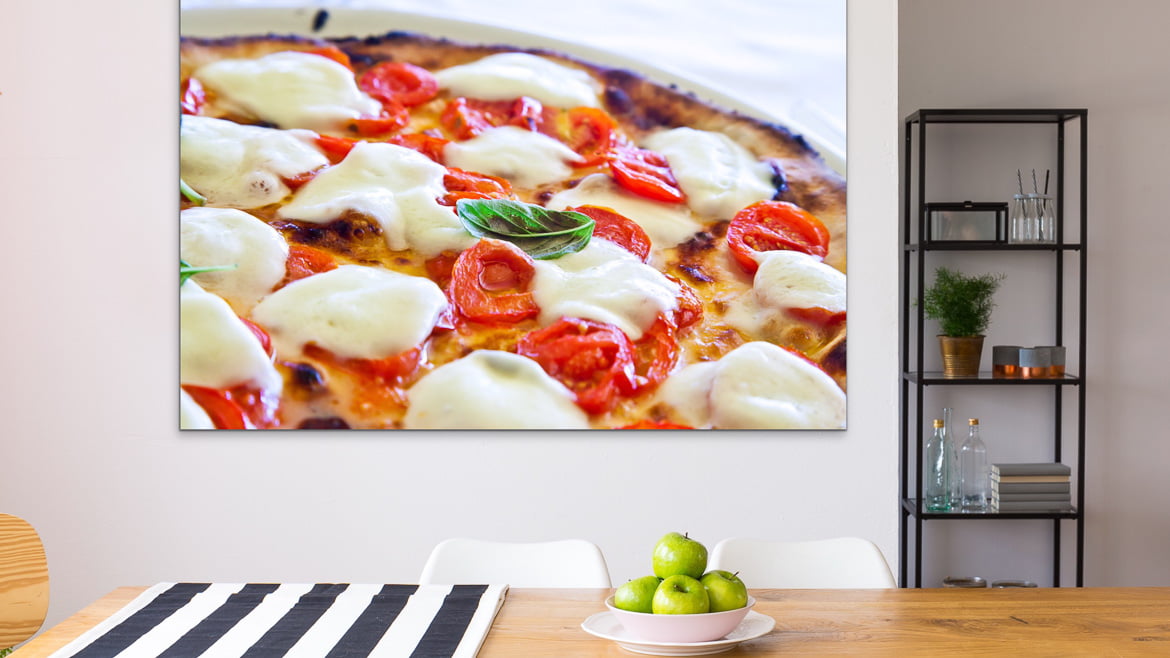Are you tired of living in a dull and gloomy space that drains your energy and affects your mood? You’re not alone! Many of us struggle to create a vibrant and uplifting atmosphere in our homes. But, did you know that adding colorful wall art can be a game-changer? Not only can it brighten up your space, but it can also boost your mood, reduce stress, and even improve your mental well-being. In this post, we’ll show you how to harness the power of colorful wall art to transform your home and elevate your spirits.
Key Takeaways:
- Vibrant Colors can elevate your mood and energy levels by stimulating the brain’s production of serotonin, a neurotransmitter that helps regulate mood, appetite, and sleep. Incorporating colorful wall art into your home decor can create a welcoming and uplifting atmosphere.
- Colorful wall art can also Enhance Visual Interest, adding depth and dimension to a room. By selecting pieces with bold colors, patterns, and textures, you can create a visually appealing space that draws the eye and sparks conversation.
- Furthermore, colorful wall art can Reflect Your Personality, allowing you to express your individuality and personal style. By choosing pieces that resonate with your tastes and interests, you can create a space that feels truly yours and boosts your mood and sense of well-being.
Understanding the Power of Color
For centuries, humans have been fascinated by the impact of color on our emotions, mood, and overall well-being. Colors have the power to evoke feelings, stimulate memories, and even influence our behavior. In the context of your home, the colors you choose can greatly affect your mood and energy levels.
How Colors Affect Our Emotions and Mood
Any given color can instantly change your emotional state, whether you’re aware of it or not. Red can stimulate feelings of passion and energy, while blue can calm your nerves and promote relaxation. The right colors can even help alleviate symptoms of anxiety and depression, making it crucial to choose colors that align with your personal preferences and needs.
The Science Behind Color Psychology
Affecting our emotions and mood, colors also have a profound impact on our brain function and behavior. Color psychology, a branch of psychology that studies the emotional and psychological effects of colors, has revealed that different colors can stimulate different responses in the brain, influencing everything from appetite to productivity.
Another crucial aspect of color psychology is the concept of color harmony, which refers to the way colors interact with each other. When colors are in harmony, they can create a sense of balance and tranquility, while clashing colors can lead to feelings of discomfort and unease. By understanding how colors interact with each other, you can create a color scheme that promotes positivity and well-being in your home.
Choosing the Right Colors for Your Home
It’s crucial to select colors that resonate with your personality and complement your home’s unique style. The right colors can elevate your mood and create a welcoming atmosphere.
Tips for Selecting Uplifting Colors
While browsing through color palettes, keep in mind that certain hues can significantly impact your mood. Here are some tips to get you started:
- Warm colors like orange, yellow, and red can stimulate energy and excitement.
- Cool colors like blue, green, and purple can promote relaxation and calmness.
- Pastel colors can add a touch of softness and serenity to your space.
Knowing which colors to choose can make all the difference in creating a harmonious and uplifting atmosphere in your home.
Factors to Consider When Choosing Colorful Wall Art for Different Rooms
Colors can greatly impact the ambiance of each room in your home. Here are some factors to consider:
- Bedroom: Soft, calming colors like light blue or pale green can promote relaxation and improve sleep quality.
- Living room: Vibrant colors like red or orange can stimulate conversation and energy.
- Kitchen: Bright, cheerful colors like yellow or orange can increase appetite and energy.
Assume that each room in your home has its unique purpose, and choose colors that align with that purpose.
Colors can greatly impact the ambiance of each room in your home. For instance, a bright and bold color like red can energize a workout room or home gym, while a soothing color like light blue can create a peaceful atmosphere in a meditation room. Consider the activities you’ll be doing in each room and choose colors that support those activities. Assume that each room in your home has its unique purpose, and choose colors that align with that purpose.
How to Create a Color Scheme for Your Colorful Wall Art
Once again, the key to creating a cohesive and harmonious look in your home is to develop a thoughtful color scheme for your wall art. A well-curated color palette can elevate the entire aesthetic of your space and create a sense of unity.
Steps to Develop a Cohesive Color Palette
There’s no need to be a design expert to create a beautiful color scheme. Simply start by selecting a few core colors that resonate with you, and then experiment with different shades, tints, and tones to create a cohesive palette.
Balancing Warm and Cool Colors in Your Design
For a visually appealing color scheme, it’s necessary to strike a balance between warm and cool colors. Warm colors, such as oranges and yellows, can evoke feelings of energy and excitement, while cool colors, like blues and greens, can create a sense of calmness.
Your color scheme should reflect your personal style and the mood you want to create in your space. If you’re looking to create a cozy and inviting atmosphere, warm colors may dominate your palette. On the other hand, if you want to create a calming and serene environment, cool colors may take center stage. Be careful not to overdo it on either end of the spectrum, as too many warm colors can feel overwhelming, while too many cool colors can feel cold and uninviting. By striking a balance between the two, you can create a harmonious and engaging color scheme that elevates your wall art and enhances your mood.
Selecting the Perfect Wall Art for Your Space
All it takes is one glance at a vibrant piece of wall art to transform your space and elevate your mood. But with so many options available, how do you choose the perfect piece for your home?
How to Choose Colorful Wall Art That Reflects Your Personal Style
Selecting artwork that resonates with your personality and style is crucial. Think about the colors, themes, and emotions that speak to you. Do you prefer bold and abstract or soft and serene? Consider your favorite hobbies, travel destinations, or quotes that inspire you. This will help you narrow down your search and find a piece that truly reflects your unique taste.
Factors to Consider When Selecting Colorful Wall Art for Different Rooms
Artwork placement can greatly impact the ambiance of a room. When deciding on artwork for different rooms, consider the following factors:
- Room purpose: A calming piece for the bedroom, a vibrant piece for the living room, or a motivational quote for the home office.
- Lighting: Avoid placing dark or muted artwork in areas with limited natural light.
- Furniture and decor: Ensure the artwork complements the color scheme and style of your furniture and decor.
Any mismatch can disrupt the harmony of the space, so take your time to consider these factors carefully.
With different rooms serving distinct purposes, it’s crucial to tailor your artwork selection accordingly. For instance, a piece with a soothing color palette can create a relaxing atmosphere in the bedroom, while a bold and abstract piece can energize the living room. By considering the room’s purpose, lighting, and furniture, you can find the perfect artwork that not only enhances the space but also reflects your personality.
Tips for Hanging and Arranging Colorful Wall Art
Now that you’ve selected the perfect colorful wall art for your home, it’s time to think about how to hang and arrange it to maximum effect. Here are some tips to help you get started:
- Start with a plan: Before you begin hanging your art, take some time to think about the overall look you want to achieve. Consider the size and shape of your walls, the style of your furniture, and the colors you’ve chosen for your art.
- Use a level: Make sure your art is straight and level. There’s nothing more distracting than a wonky piece of art!
- Vary the height and depth: Don’t be afraid to mix and match different heights and depths to add visual interest to your walls.
- Leave some breathing room: Don’t overcrowd your walls. Leave some space between each piece to create a sense of calm and serenity.
After following these tips, you’ll be well on your way to creating a beautiful and uplifting space that reflects your personal style.
How to Create a Focal Point in Your Room
One way to create a focal point in your room is to choose a statement piece of art that draws the eye. This could be a large, bold piece or a smaller piece with a striking color or design. Place it in a prominent location, such as above a sofa or fireplace, and arrange other pieces around it to create a sense of balance and harmony.
Strategies for Balancing Large and Small Pieces of Colorful Wall Art
If you’re worried about balancing large and small pieces of art, don’t be. The key is to create a sense of visual balance by pairing larger pieces with smaller ones.
Strategies for balancing large and small pieces include creating a visual triangle, where a large piece is paired with two smaller ones, or using a unifying theme, such as a similar color or style, to tie together pieces of different sizes. You can also try grouping smaller pieces together to create a mini-gallery that adds visual interest to your walls.
Maximizing the Impact of Colorful Wall Art
After selecting the perfect piece of colorful wall art, it’s important to consider how you can maximize its impact in your space. With a few simple techniques, you can create a visually stunning display that brightens your home and boosts your mood.
How to Use Lighting to Highlight Your Artwork
Your lighting choices can make or break the ambiance of your room. To highlight your artwork, use spotlights or picture lights to create a focal point. This will draw attention to the vibrant colors and details of your piece, making it a stunning centerpiece in your room.
Incorporating Textures and Patterns to Add Depth
Textures and patterns can add an extra layer of visual interest to your space. Combine smooth, glossy frames with rough, matte textures or bold, geometric patterns with soft, organic shapes to create a dynamic display.
For instance, pair a vibrant abstract painting with a chunky, woven rug and a sleek, low-profile coffee table. The contrast between these textures will create a visually appealing atmosphere that invites exploration and engagement. Keep in mind, that the key is to balance contrasting elements to avoid visual overload. By incorporating a mix of textures and patterns, you’ll create a rich, engaging space that draws you in and lifts your mood.
Summing up
Presently, you’ve discovered the incredible impact of colorful wall art on your home and mood. By incorporating vibrant pieces into your space, you can instantly brighten up your surroundings and elevate your emotional state. As you’ve learned, colorful wall art has the power to stimulate creativity, reduce stress, and even improve your overall well-being. So, go ahead and surround yourself with colors that make you happy – your home and mood will thank you!
FAQ
Q: How can colorful wall art brighten up a room?
A: Colorful wall art can brighten up a room by adding a pop of color and creating a focal point in the space. It can also help to reflect light and make the room feel more spacious. Additionally, vibrant colors can stimulate the senses and create a sense of energy and excitement, making the room feel more lively and inviting.
Q: What types of wall art are most effective at boosting mood?
A: Research has shown that wall art featuring natural scenes, such as landscapes, flowers, or abstract designs inspired by nature, can have a calming effect and boost mood. Additionally, artwork with bright and bold colors, such as yellow, orange, and red, can stimulate the release of endorphins and improve mood. Ultimately, the most effective type of wall art for boosting mood is one that speaks to your personal style and preferences.
Q: How can I choose the right colorful wall art for my space?
A: When choosing wall art, consider the color scheme and style of your room, as well as your personal preferences. Think about the mood you want to create in the space and choose artwork that reflects that. You can also consider the size of the room and the wall, and choose artwork that is proportional to the space. Finally, don’t be afraid to experiment and try out different pieces until you find the one that feels right.
Q: Can colorful wall art really improve my mental health?
A: Yes, colorful wall art can have a positive impact on mental health. Studies have shown that exposure to art and color can reduce stress and anxiety, improve mood, and even alleviate symptoms of depression. Additionally, surrounding yourself with beautiful and uplifting artwork can create a sense of calm and well-being, and provide a much-needed distraction from the stresses of daily life.
Q: How often should I update my wall art to keep my space feeling fresh and energized?
A: There’s no one-size-fits-all answer to this question, as it depends on your personal preferences and the style of your space. However, updating your wall art every 6-12 months can help keep your space feeling fresh and energized. You can also consider rotating artwork seasonally or swapping out pieces with friends or family members to keep things interesting. Ultimately, the key is to find a balance between keeping your space feeling fresh and not overwhelming yourself with too many changes.



